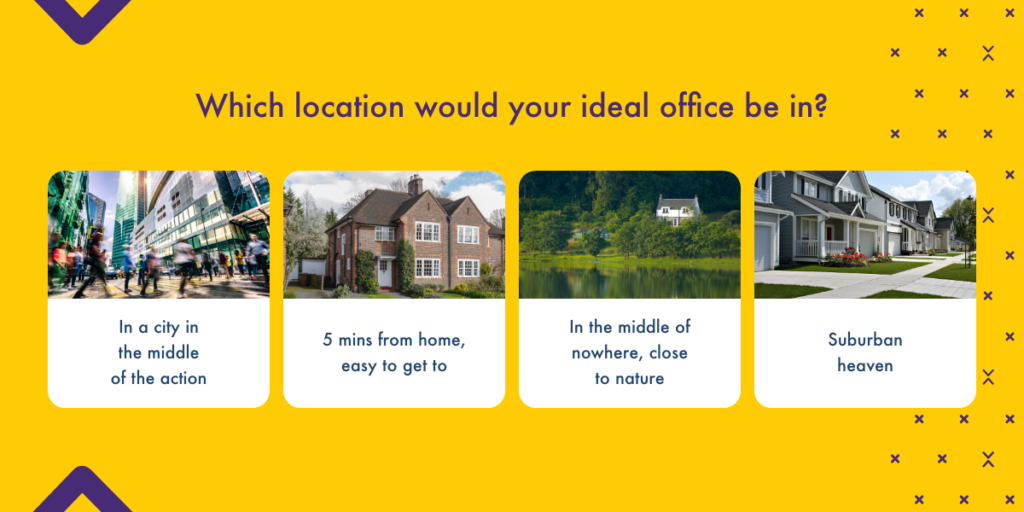How Do Work Environments Impact People Differently?

Through the pandemic, many people’s working environments and office experiences have changed in some way, perhaps through less people, more space, less frequent visits, new offices, working-from-home offices – the workplace is in a state of change. With this, it has opened up ways of working with new needs and expectations around what a work space should offer. This has created a welcome opportunity to review and revamp the working environment, and to do this, people first need to understand what they need and want from their space.
Long gone are rows of desks packed together, tiled grey carpets, clinical white walls, and bright lights for 40+ hours a week; this is an outdated and often unhealthy design to be in for long stretches of time with no natural light and air, or even textures and colours. There are now ways that office spaces can be designed to uplift productivity, creativity, and mental health, through including elements such as plants and greenery, creating natural air flow, and different layouts per individual needs.
With the effects of the pandemic changing how people interact with the office space and an increase in working from home, much has changed around how people want to work moving forward; this includes a new awareness of neurological differences in working styles, and new attitudes around what people want from their office environment. Now, more than ever, there is a need for work spaces to be a beneficial to individuals’ moods and working styles, being in sync with the people using the space to enhance the working day.
This is where Flexioffices’ new quiz comes to hand, by helping determine an individual’s perfect work space based on their unique preferences and personality. By answering a few quick questions in under a minute, people are given a custom built recommendation of their ideal working environment based on their unique traits.
There are many psychological theories around people’s behaviours, but one theory has stood out amongst others to explain the differences between how people behave at work. Based on Carl Jung’s research, there are four predominant personality types which break down different behaviours regards to completing a job; this covers differences in how people intake and process information, how people like to work collaboratively – or not, how people like to dress and feel aesthetically while working, what people base their decisions on, and much more. It’s an incredibly insightful blueprint which can help people not only understand themselves and what they personally need at work – which is very often overlooked – but to also help understand their colleagues and how best to communicate with them for a happier and more productive work environment.
For example, some people are seen to be strong-willed and assertive in the workplace, making quick decisions to push things forward, whereas other personality types are thought to view things more analytically and be more cautious in their actions. Colleagues with the ‘Earth Green’ dominant personality type are often the most caring and considerate people in the team, basing decisions on the welfare of anyone involved, while those with the ‘Sunshine Yellow’ dominant personality type are often loud and bring a laugh to team dynamics.





